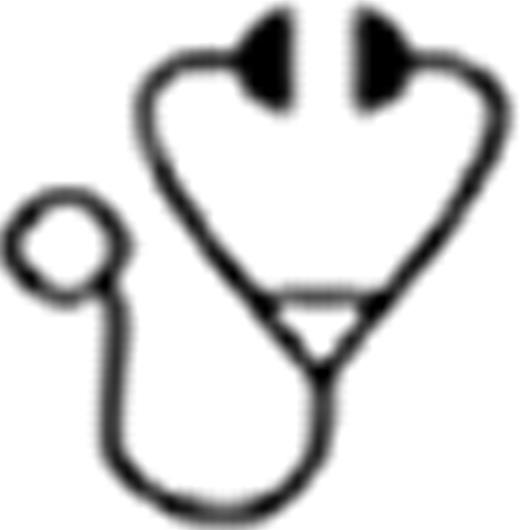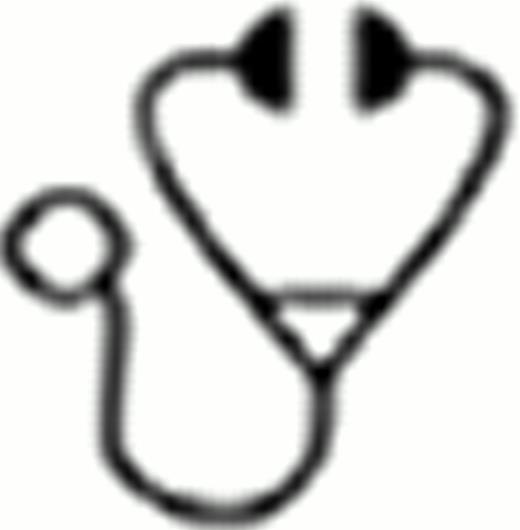Abstract
The response to AML treatment is very heterogeneous and relapse risk is high. Hematogones (HG) are B lymphoid cell precursors present in all individuals. HG absolute count grows after chemotherapy, during medullar recovery and it seems to be related to prognosis.
Determination of HG number in AML patients with intermediate-risk karyotype, with complete response (CR). Determine prognostic value for HG number in these patients.
Retrospective analysis of 148 patients with non promyelocytic AML, treated with “7+3” chemotherapy induction, followed in our centre, from 1998 to 2011. HG quantification was executed after induction chemotherapy, with flow cytometry pannel (4 colours - CD34, CD10, CD19, CD20 e CD45) in blood marrow samples in patients with CR, according to Cheson et al. (JCO 2003). The patients characteristics were compared with a X2test for binary variables and a Mann-Whitney test for continuous variables. Survival was plotted with Kaplan-Meier curves and the data for the various groups were compared with a log-rank test. Multivariate analysis was performed with a Cox model after the proportional hazard assumption was checked. A p value less than 0.1 was considered to be statistically significant.
There were 124 patients achieving CR after induction chemotherapy “7+3”, with a median follow up of 32 months ([0–141]), 46,8% (n=58) were male, median age of 50 years ([17–66]). There were 91,1% (n=113) patients with de novo AML and 63,9% (n=76) with intermediate-risk karyotype. In this study 16,3% (n=20) went on transplantation. Relapse occurred in 53,2% (n=66), with a disease free survival (DFS) of 15 months ([0–140]). HG quantification was possible in 33,1% (n=41) of the patients. Applying a cutoff of 0.01% (Chantepie S et al. Blood 2011) we can find 31,7% (n=13) with HG>0.01%. These patients had better DFS, when comparing to patients with HG≤0.01% (median 16 vs 9 months, p=0,05), to equal overall survival.
According to multivariate Cox model, the HG>0,01% is a independent predictive value for DFS (IC 95% [0,8533-54.259], p<0,07), when comparing to HG≤0,01%, age, leucocytosys (>20000/μL), karyotype-risk groups and WHO classification of AML. We established a good prognosis associated to HG>0,01% group: patients with HG≤0,01% have a 6.8 hazard ratio (HR) or relapse comparing with HG>0,01% group. Considering this information and applying it to karyotype-intermediate risk patients, it was possible to obtain two different groups with prognostic impact on the DFS: low intermediate risk (HG>0,01%) and high intermediate risk (HG<0,01%).The 3 year-DFS is 83,3% for low intermediate risk group and 50% for high intermediate risk patients (p<0,094).
Using flow cytometry is a simple and reproductively method for detecting HG. This quantification in AML patients with CR has clinically relevance, with prognostic impact in DFS (16 vs 9 months, p=0,05). For HG levels superior to 0,01% after induction chemotherapy the risk of relapse is decreased. The HR associated to HG value allowed the stratification of the intermediate-risk group in two subgroups of patients (low intermediate risk group and high intermediate risk patients) with different DFS (83.3% vs 50% 3-y EFS, p<0,094). This subdivision can have implications on clinical decision for therapeutic strategy, in the heterogeneous intermediate-risk karyotype group. This cohort needs to be enhanced in order to validate this approach.
No relevant conflicts of interest to declare.

This icon denotes a clinically relevant abstract
Author notes
Asterisk with author names denotes non-ASH members.


This feature is available to Subscribers Only
Sign In or Create an Account Close Modal